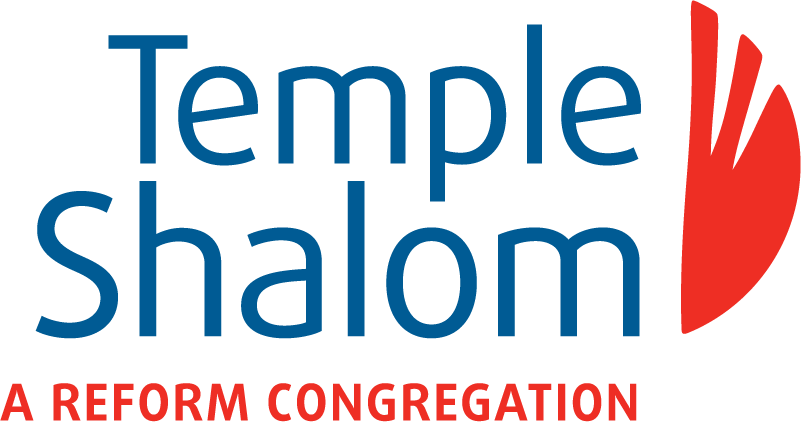Echoes of the Wilderness, Part II: A Pulse, Not a Pause: Naso, Numbers 4:21−7:89
Reviewing nearly three decades of thoughtful commentaries on Parashat Naso, many commentators on reformjudaism.org have chosen to focus on the words of the Priestly Blessing (Numbers 6:24-26). The age, significance, and preponderance of these verses throughout Jewish liturgical and life cycle moments have helped sustain and inspire us for over 2,500 years.
But to me, one aspect of the Priestly Blessing that often goes overlooked called out to me. An odd thing to say, given the fact that this portion of the blessing is literally voiceless. Examining the second and third verses chanted according to the Torah trope reveals a very curious phenomenon (bolded for clarity below):
The straight, vertical line in the second and third verses is called a ” paseq” or “p’sik,” meaning “separator.” According to the oldest known sources, this mark occurs about 500 times throughout the Tanach. Unlike symbols for Hebrew cantillation or vowels, the paseq carries no sound at all. Scholars have yet to determine a conclusive origin or reason for it, but whenever Torah chanters encounter a paseq, they customarily pause before continuing, observing it as a musical rest.
I love this notion of an ancient, mysterious command to stop in the middle of a sacred sentence. We are accustomed to stopping our work every week for Shabbat. When this rest is mirrored by a pause in the flow of Torah being chanted, a few seconds of silence paradoxically perks us up. Did the cantor just lose their spot? Did they forget the words? Or, as 20th century Hebraist James Kennedy opined, are they following what the Masoretes, who originally codified the trope system in the 9th and 10th centuries CE, had originally intended “to call attention to a note-worthy reading?”
On the surface, the two instances of the paseqin the Priestly Blessing might simply seem to distinguish the Tetragrammaton from the word “panav,” meaning “God’s face.” That would also explain why the paseq is not present in the first verse. But if we agree with the medieval Moroccan commentator Or HaChaim that “there should be no curtain between Israel and their Heavenly Parent,” then any pause in the recitation of Numbers 6:24-26 might act to separate us from fully receiving all that the Priestly Blessing offers us.
Perhaps the secret lies in understanding the paseq not as a pause, but a pulse. Building on a practice I learned from Rabbi Jordan Bendat-Appell at the Institute for Jewish Spirituality, I believe that the silence of the paseq allows us to focus more intently on our breath. A pulse in the steady stream of sound, whether in the voice of the chanter or the perception of those listening, might help us to inhale the Priestly Blessing more deeply. That, in turn, might lead us to understand the ancient Hebrew in a way which is simultaneously more conceptual and more visceral than we may have otherwise thought:
| Y’varech’cha Adonai v’yishm’recha. Ya’eir Adonai [pause] panav eilecha vichuneka. Yisa Adonai [pause] panav eilecha v’yaseim l’cha shalom. |
יְבָרֶכְךָ֥ יְהֹוָ֖ה וְיִשְׁמְרֶֽךָ׃ יָאֵ֨ר יְהֹוָ֧ה ׀ פָּנָ֛יו אֵלֶ֖יךָ וִֽיחֻנֶּֽךָּ׃ יִשָּׂ֨א יְהֹוָ֤ה ׀ פָּנָיו֙ אֵלֶ֔יךָ וְיָשֵׂ֥ם לְךָ֖ שָׁלֽוֹם׃ |
May you feel blessed and safe. May you feel luminous…may you feel loved. May you feel joyous…may you feel whole.
Should we ever encounter in our own lives a mysterious call to be quiet, may we feel inspired to hear it.